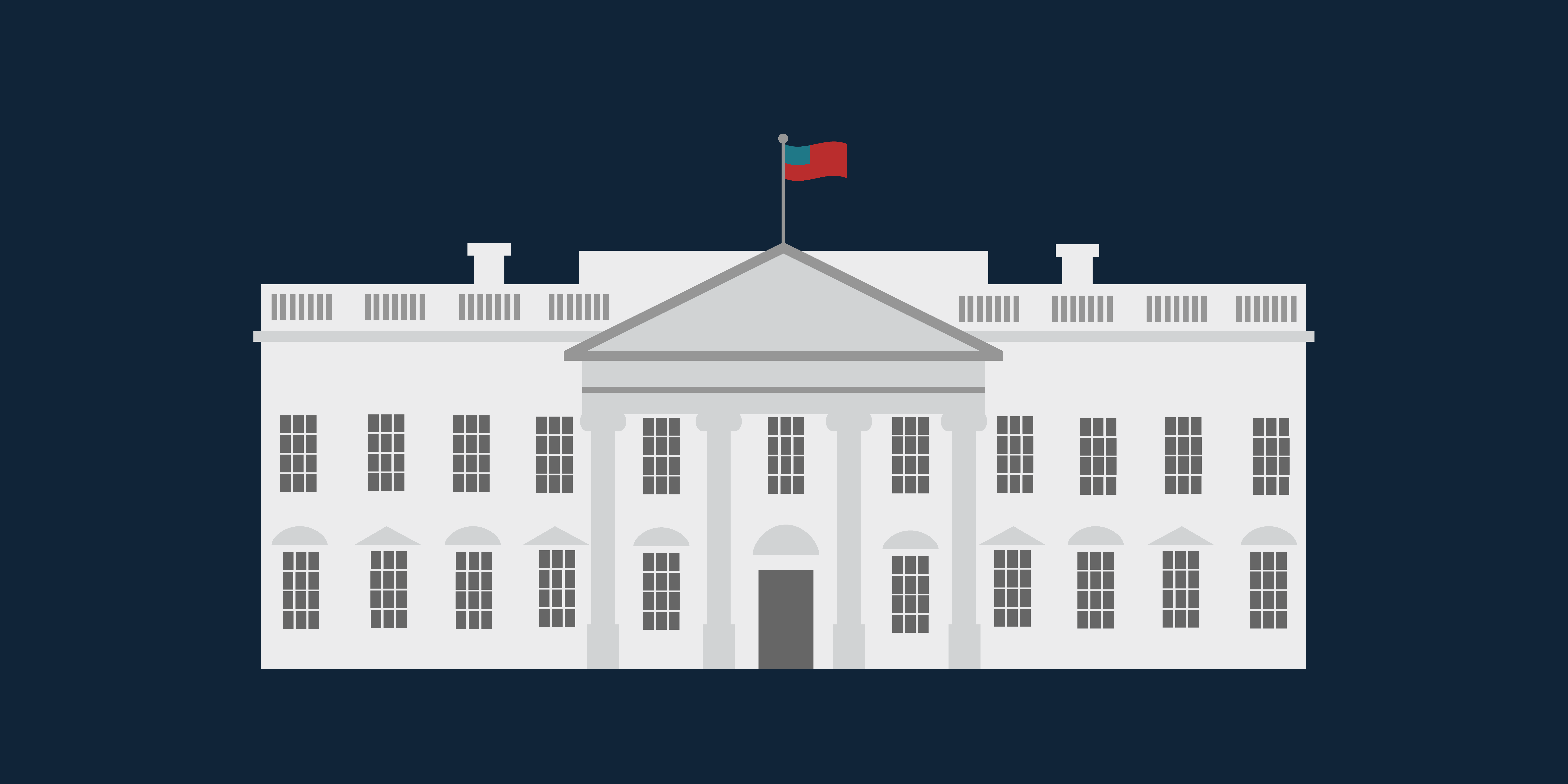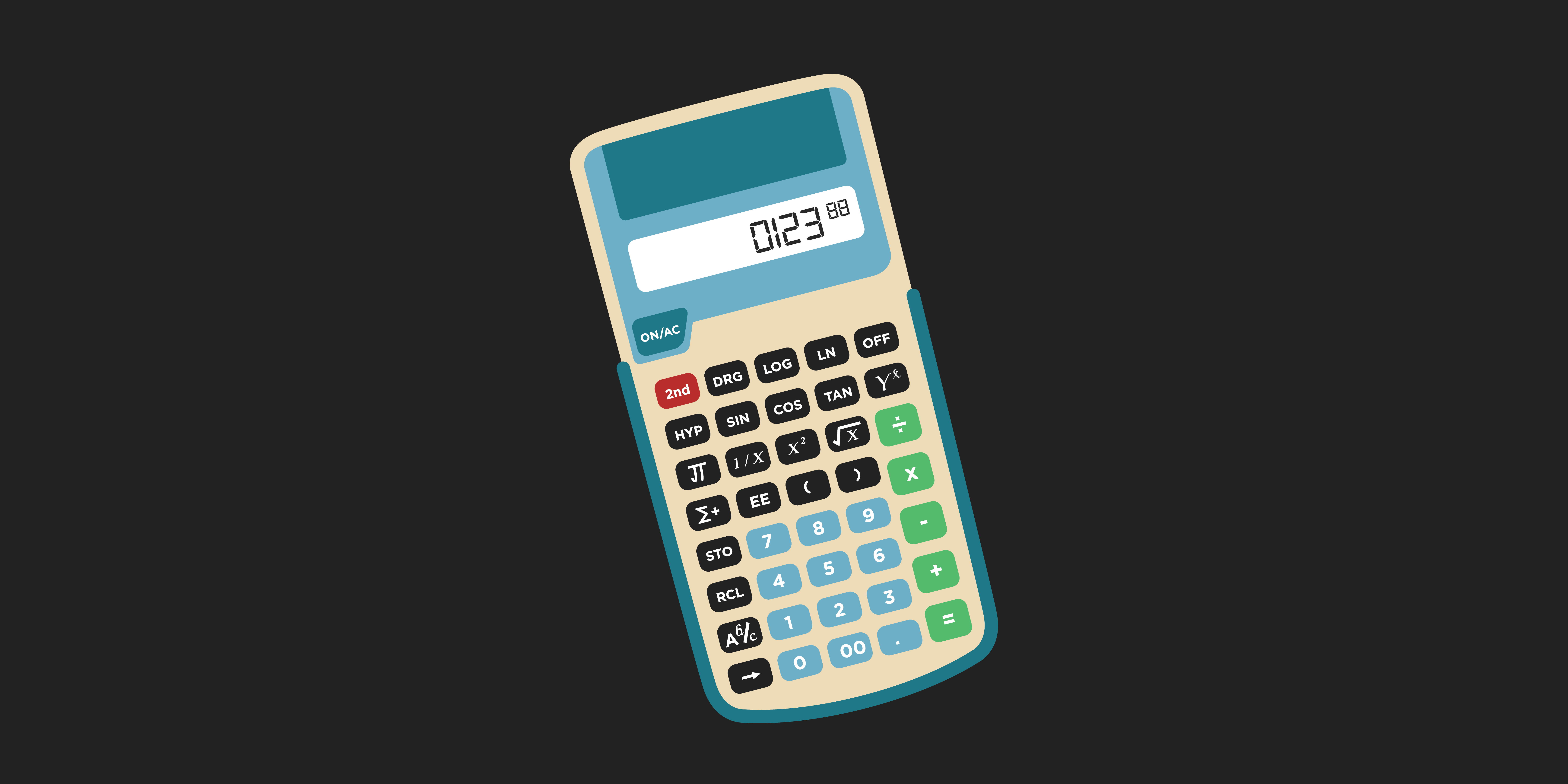What is a derivative? A derivative is a useful way of hedging risk. They come in a variety of types, but futures contracts, forward contacts, options and swaps are the most common.
What is a Derivative?
The question “what is a derivative” is frequently asked. Derivatives are contracts and are generally used to hedge risk. But some investors use them for speculative purposes.
Derivatives come in a number of varieties, with futures contracts, forward contracts, options and swaps the most common.
Some derivatives are compared to insurance. Just as you pay an insurance company a premium in order to obtain some protection against a specific event, there are derivative products that have a payoff contingent upon the occurrence of some event for which you must pay a premium in advance.
Credit derivatives can be used to lay off and manage a company’s exposure to credit events, such as supplier default. Most importantly, derivative products enable the end user to tailor their risk profile in order to most closely match their exposure to their view of the financial markets and their preferences for holding and managing risk.
What is a Derivative: Examples and Concepts
The best way to answer the question “what is a derivative” is through examples. When one buys a cash instrument, 100 shares of ABC Inc., for example, the payoff is linear, disregarding the impact of dividends. If we buy the shares at $50 and the price appreciates to $75, we have made $2500 on a mark-to-market basis. If we buy the shares at $50 and the price depreciates to $25, we have lost $2500 on a mark-to-market basis.
(Mark-to-market accounting is a good practice for the management of any financial portfolio. It is a way of accounting for financial products in which an inventory of financial products is revalued at a pre-set interval (usually at the end-of-business on a daily basis) at current market rates. The combination of realized and unrealized profit and loss is booked to the profit-and-loss account).
Instead of buying the shares in the cash market, we could have bought a one-month call option on ABC stock with a strike price of $50, giving us the right, but not the obligation, to purchase ABC stock at $50 in a month’s time. Instead of immediately paying $5000 and receiving the stock, we might pay $700 today for this right. If ABC goes to $75 in one month’s time, we can exercise the option, buy the stock at the strike price and sell the stock in the open market, locking in a net profit of $1800.
If the ABC stock price goes to $25, we have only lost the premium of $700. If ABC trades as high as $100 after we have bought the option but before it expires, we can sell the option in the market for a price of $5300. In this case, the option gives us a great deal of positional flexibility with a different risk/reward profile.
What is a Derivative: Notional Amounts and Derivatives
Another aspect of financial derivatives is the fact that they are generally carried off of a balance sheet. When we speak of the size of a particular derivative contract, we refer to the notional amount, which is the amount used to calculate the payoff. For example, in our options example above, the notional amount was 100 shares. However, the potential payoff and the potential loss were both different from the value of 100 shares. Because the payoffs of derivative products differ from the payoffs that their notional amounts might suggest if they were cash instruments, they are kept off balance sheet. Otherwise, the balance sheet could be distorted and inflated by even a relatively small derivatives portfolio.
Finally, in terms of the regulatory appeal of derivative products, there are a number of different ways of looking at this issue. Derivative products, because of their off balance sheet nature, can be used to clear up the balance sheet. A mutual fund manager who is restricted from taking currency plays by regulatory requirements can buy a structured note whose coupon is tied to the performance of a particular currency pair.





